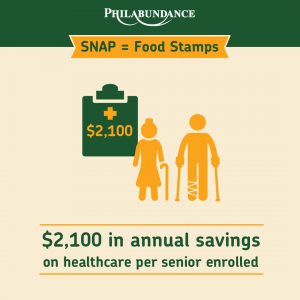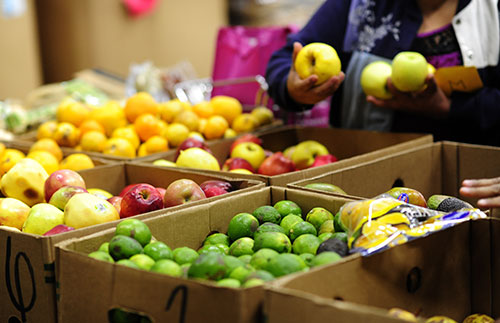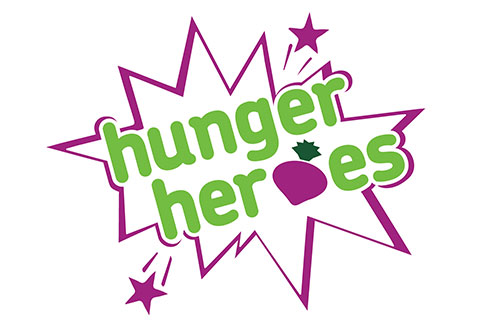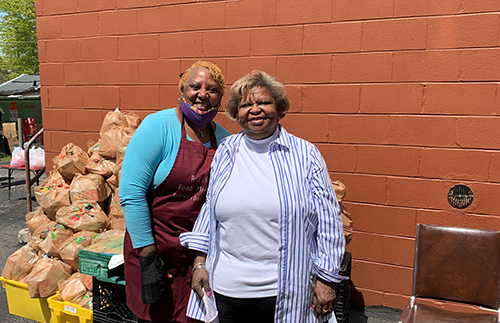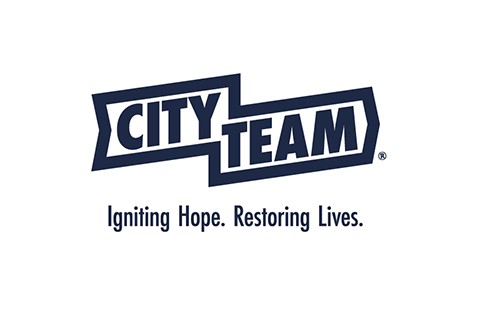By Martha Sherman, Advocacy Intern
By now, you’ve likely heard a lot about the Supplemental Nutrition Assistance Program (SNAP) and know that for every meal a Feeding America food bank provides, SNAP provides 12 meals. SNAP keeps millions of Americans out of poverty every year, but it has even longer-lasting effects on beneficiaries’ health. When people are food insecure, they may worry about where their next meal is coming from or may have to choose between food and other necessities, like medicine or a doctor’s visit. In 2014, Philabundance found that 69% of households we served had to choose between paying for food and paying for medicine or medical care at least once during the year, and 41% had to make this terrible choice every month. Inconsistent meals, lack of a balanced diet, and the stress of food insecurity can all have serious effects on people’s health.
According to recent studies…
2. According to an estimate using national data, SNAP reduces the rate of childhood obesity by 5.3%.
4. Access to SNAP decreases the likelihood of being diagnosed with a chronic illness.
8. Access to SNAP for pregnant people improves birth weight and other birth outcomes.
